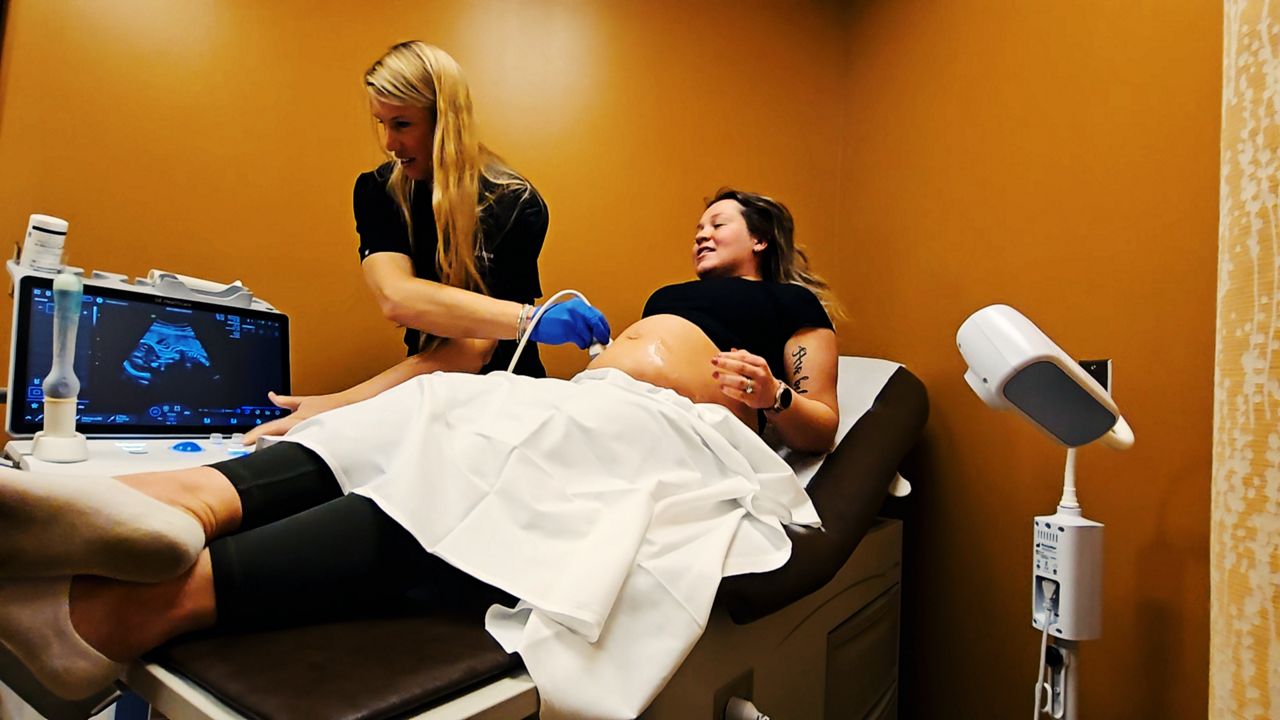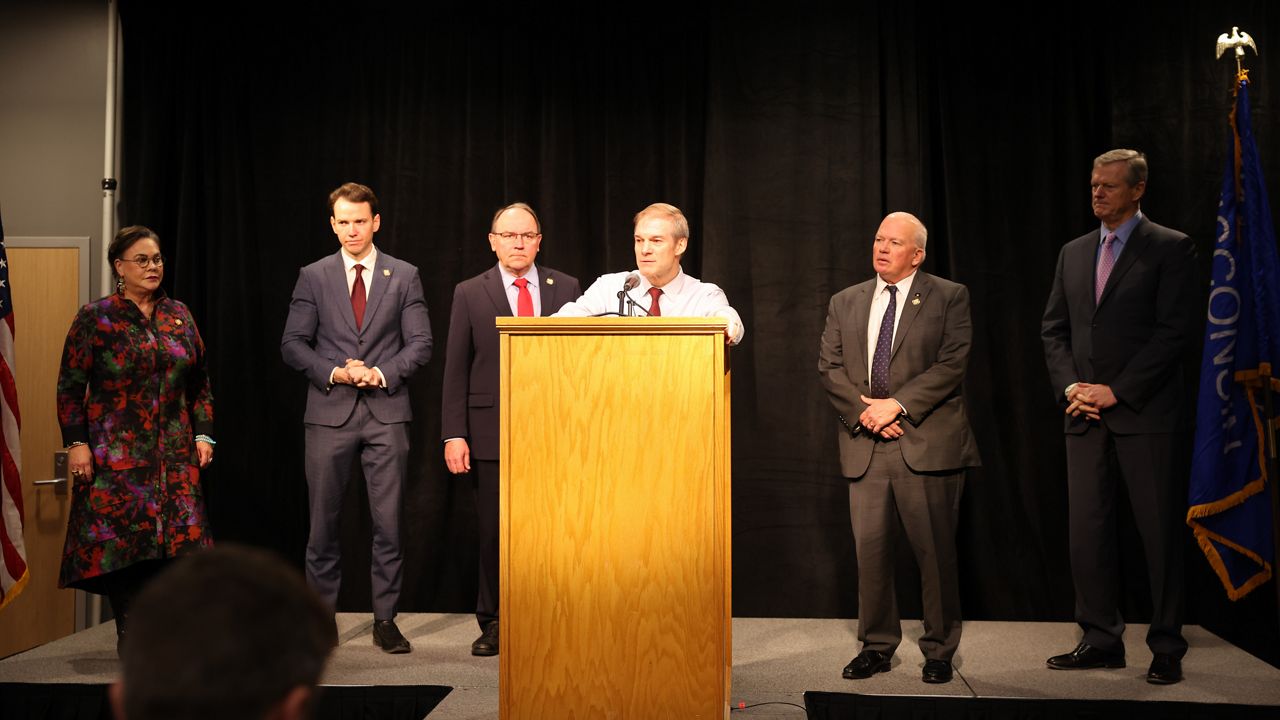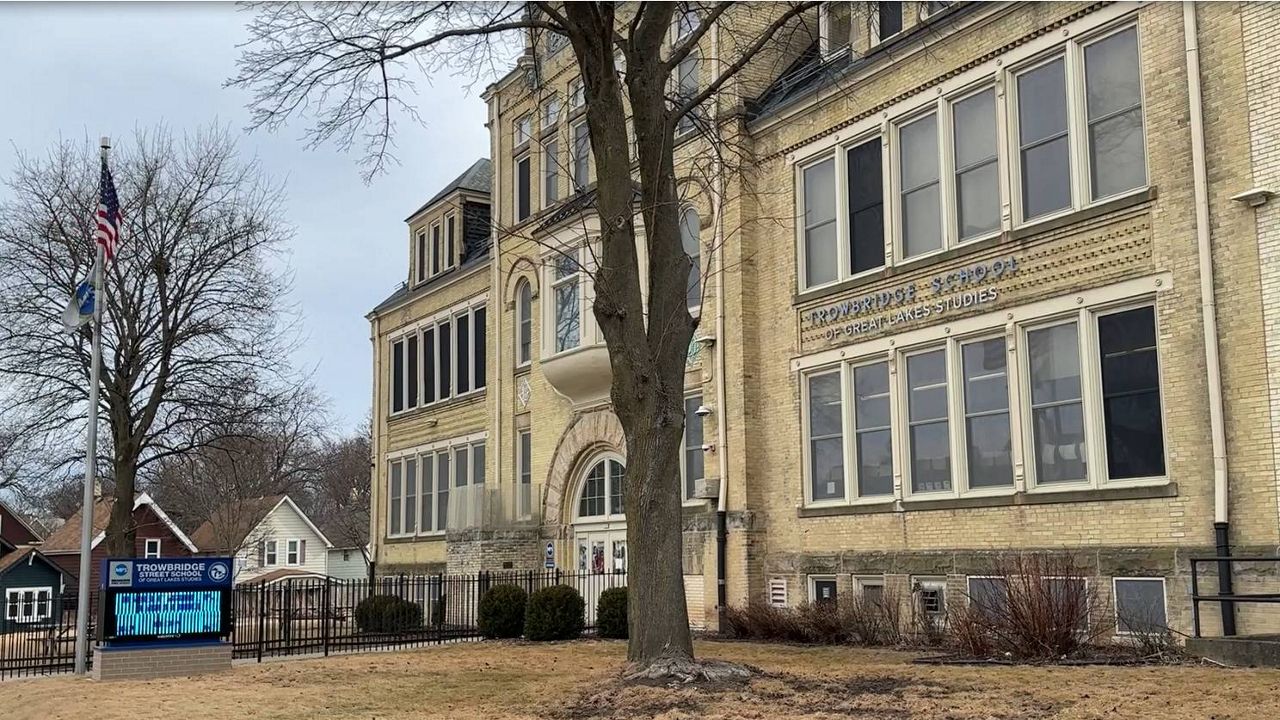ADAMS, Wis. – Across Wisconsin, more school districts need extra money from taxpayers to maintain their operations.
There are two types of school referendums: Capital and operational. Capital referendums are for big projects, like a new program or new facility. Operational referendums pay for everyday costs like utility bills, routine maintenance and staff salaries.
Over the last few years, more districts across Wisconsin have proposed operational referendums just to stay afloat.
District Administrator Tom Wermuth said that it's no secret the Adams-Friendship Middle School is in rough shape. Walking through the school discussing it with staff, they often laugh and want to show off the oddities in their classrooms.
Many classrooms only have one outlet. It gets brutally hot in one area of the building during the warmer months. “The kids just bake,” Wermuth said. There are big square-shaped cutouts in the wall where fireplaces used to be. A few teachers suspect they have lingering asbestos in their spaces.
Wermuth said accessibility is one of their biggest issues. He said one student who uses a wheelchair has to be carried up and down steps during the school day.
One fifth-grade teacher has a bizarre closet that opens into a staircase, which then winds around a corner. Once you get to the top of the stairs, there’s a small dark room that feels like a dungeon. Staff believe it was once part of the stage operations.
Still, the faculty do the best with what they have. While everyone giggles about the school’s problems, there’s a sense of community.
Wermuth said the Adams-Friendship School District is struggling. It had a $1 million per year referendum that expired in 2023.
“With our increasing needs, and the fact that the educational funding formula has not kept up with inflation, that $1 million approximately a year ballooned to about $3 million a year,” Wermuth said. “We didn’t add any programming. We didn’t add any additional staff persons. That was just to maintain what we were doing.”
Without that additional $3 million per year from taxpayers, leaders had decided they’d have to dissolve the school district. They said they’d have to cut so many staff and programs that they wouldn’t be a viable educational institution anymore.
The district first proposed a referendum in Nov. 2022, which failed. Then, the people invested in the district really stepped up their awareness efforts. Community leaders got involved. They spread the word that the entire region could face consequences if they didn’t have schools.
In spring 2023, the referendum passed.
While the school district is facing rising costs because of inflation, Wermuth knows Adams County families are, too. He hates that the community is responsible for keeping their school system open.
“It’s horrible,” he said. “We serve a relatively poor population … it’s a larger chunk out of their means to survive to support the school district.”
Districts need this extra money because of the school funding formula. It’s complicated, to say the least.
In 1993, school district revenue limits were passed by the legislature. Those revenue limits usually rose proportionally with inflation over time. That changed in 2012.
“Since 2012, we’ve had really inconsistent increases to the per pupil revenue limit,” said Ari Brown, a senior research associate with the nonpartisan Wisconsin Policy Forum. “You’ve had many years where it hasn’t increased at all.”
In the last budget, lawmakers increased revenue limits. It was the first time in years.
“The pupil revenue limit increase was $325 in this budget,” Brown said. “Even with that, you still have the effect of many years in a row of … no increases.”
That’s leading to more districts asking taxpayers for more money. April 2, there are 91 school referendums on the ballot across Wisconsin. 66% of them are just for operational costs.
“You have districts who are going to referendum that passed one as recently as 2020,” Brown said. “It’s just something that comes up over and over and over again.”
Adams-Friendship schools would disappear without referendum money.
“Fortunately, the community rallied around the school district in the spring and we were able to pass the referendum. We don’t necessarily have that weight to carry around this year,” Wermuth said. “But our referendum was for four years. Unless something drastically changes in the state funding formula over the next four years, we’re going to probably have to ask our community for even more funding.”
For more information about the school district referendums up for a vote on April 2, click here.










